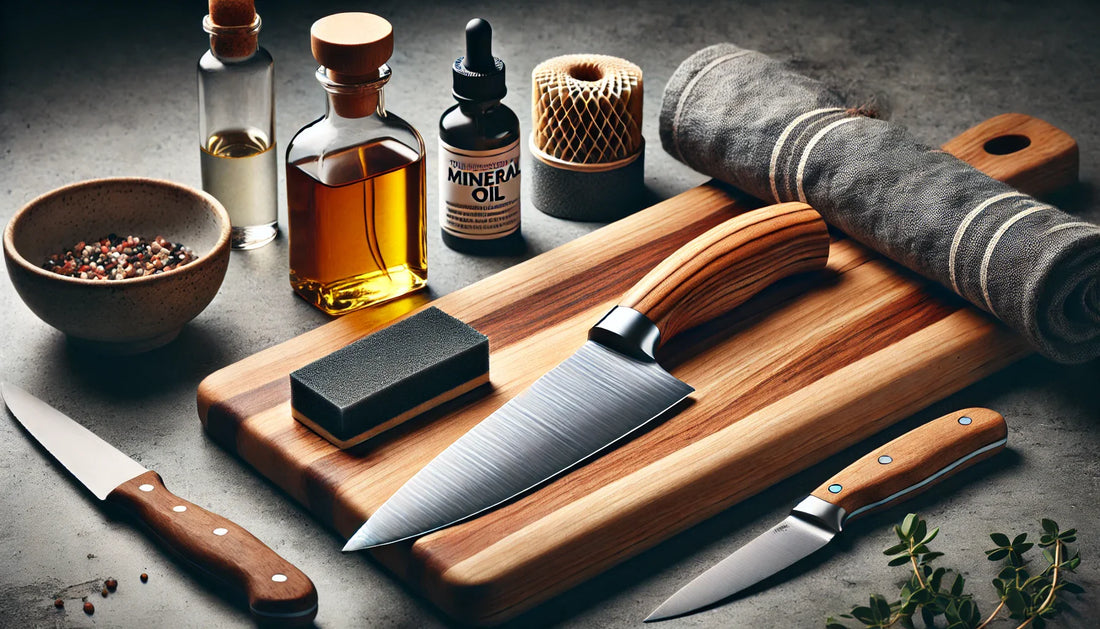
Caring for Wooden Knife Handles: Maintenance Tips for Wooden and Hybrid Handles
Share
Wooden knife handles, like the Pakkawood used in the SEKKIN Chef’s Knife, offer an elegant, natural feel and excellent grip, even when wet. However, wooden and hybrid knife handles require proper maintenance to prevent damage over time.
Why Wood is Great for Knife Handles
Wooden handles provide comfort and a better grip than plastic or metal alternatives. In addition to their functional benefits, wooden handles, especially Pakkawood and Ebony, offer a beautiful and natural aesthetic that enhances the overall appearance of a knife. However, all wooden knife handles need regular care to maintain their quality and appearance.
Maintenance Tips for Wooden Handles
1. Avoid Soaking Your Knife
Never leave your knife soaking in water, as this can cause the wood to warp or crack. Immediately dry your knife after washing to avoid damage.
2. Hand Wash Only
Wooden knife handles are sensitive to the high heat and pressure of dishwashers. Always hand wash with mild soap and warm water.
3. Oil the Handle Regularly
Applying food-safe oils like mineral oil will nourish and protect the wood and prevent it from drying out.
4. Store Properly
Proper storage, whether in a knife block or on a magnetic strip, is key to protecting both the blade and handle.
Why Hybrid Handles Like Pakkawood Are Ideal
Pakkawood combines the beauty of wood with the durability of synthetic materials, making it resistant to moisture damage. However, regular maintenance, such as hand washing and oiling, ensures long-term durability and performance.
Maintaining your wooden knife handle doesn’t take much effort, but it’s crucial for the longevity and appearance of your knife. With a few simple steps—hand washing, oiling and proper storage—you’ll keep your SEKKIN Chef’s Knife looking and performing like new.
For more tips, check out How to Properly Maintain Your SEKKIN Chef’s Knife and Knife Care Myths: Debunking Common Misconceptions About Knife Maintenance.
